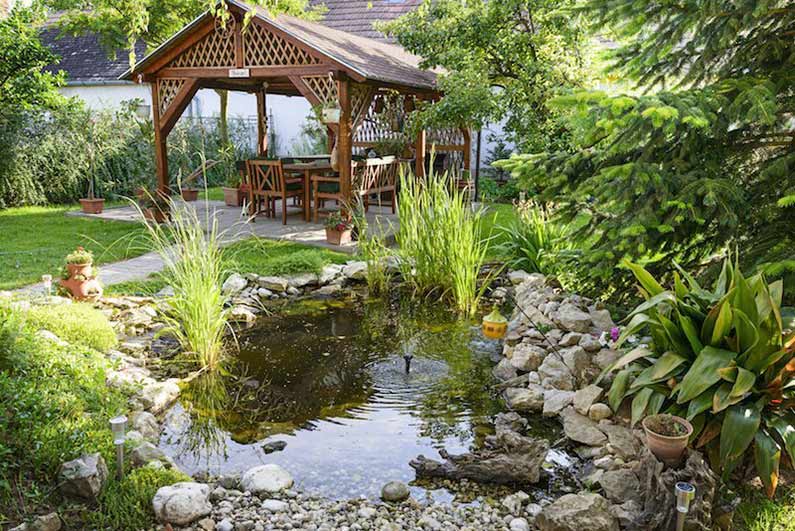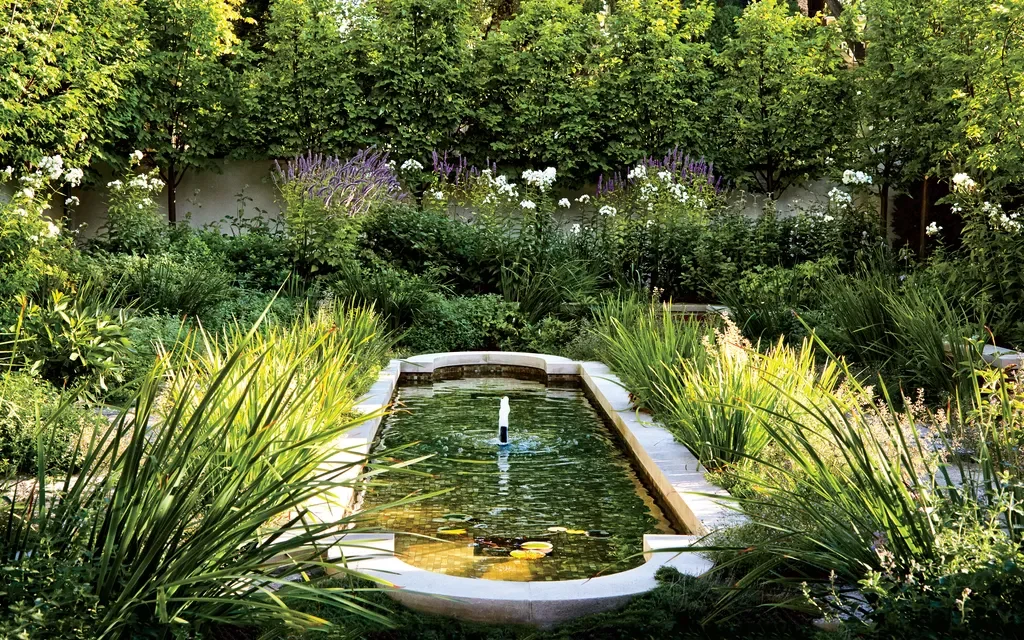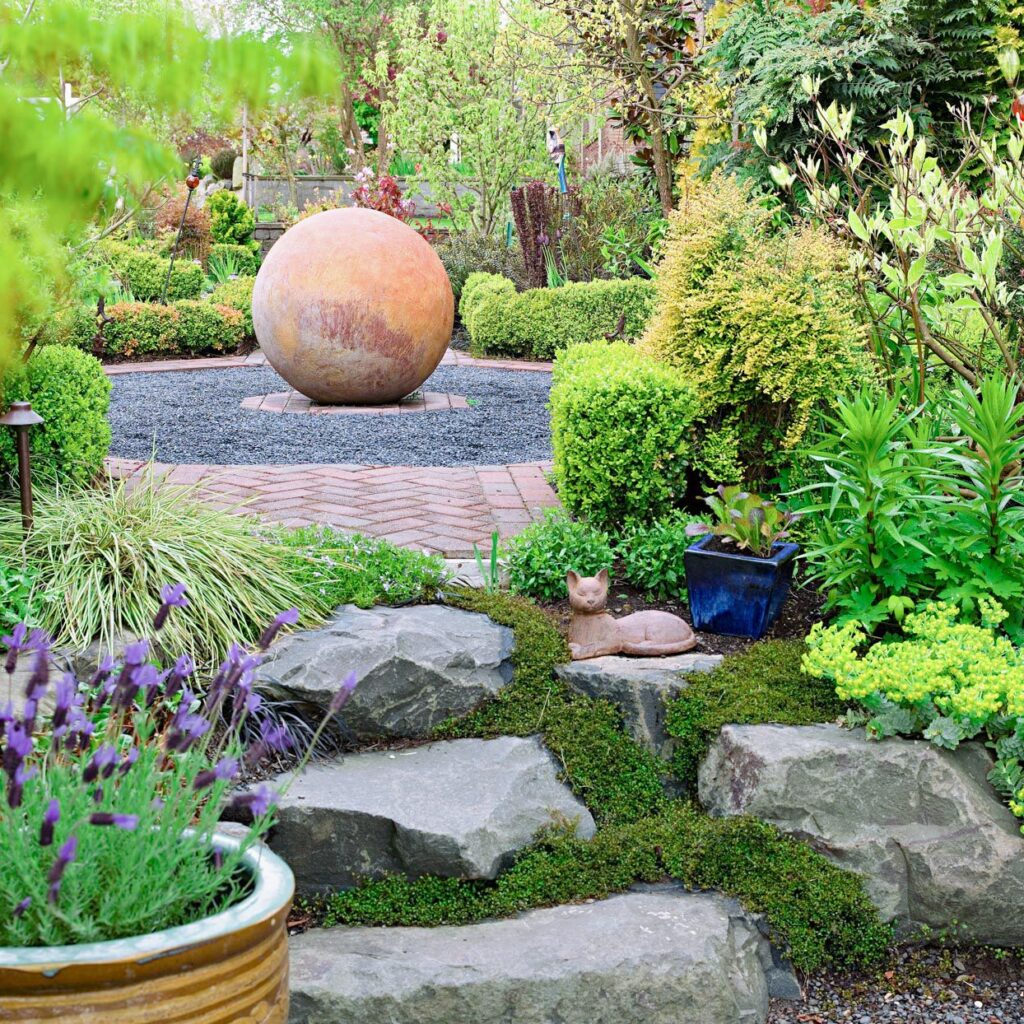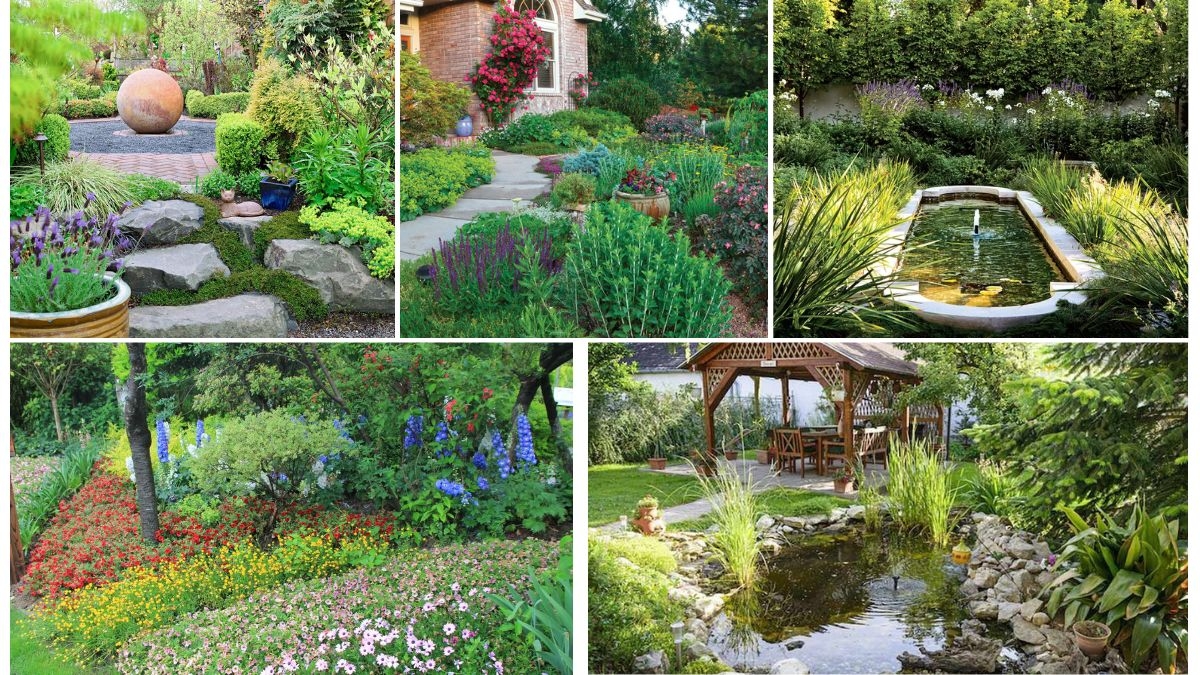Water scarcity is an increasing concern worldwide, but that doesn’t mean your dream of a lush, green garden must be sacrificed. By using smart gardening techniques, selecting the right plants, and incorporating modern water-saving technologies, it’s entirely possible to create a thriving, visually rich garden while minimizing your water usage. This article explores actionable tips, drought-tolerant plant options, soil strategies, and design tricks to help you build a water-wise yet lush landscape.
1. Understanding Xeriscaping: The Foundation of Water-Wise Gardening

Xeriscaping is a landscaping philosophy that focuses on water conservation through strategic design and plant choice. Originally developed in arid regions like the southwestern U.S., it’s now a global method for sustainable gardening.
Key principles of xeriscaping include:
- Planning and design according to natural topography and sunlight
- Efficient irrigation systems (like drip irrigation)
- Soil improvement for better water retention
- Mulching to reduce evaporation
- Choosing native or drought-tolerant plants
2. Choose Drought-Tolerant Plants That Still Look Lush
To achieve a lush look without constant watering, select plants that naturally thrive in dry environments. These species often have adaptations like waxy leaves, deep roots, or succulent tissues.
a. Shrubs & Bushes
- Lavender: Fragrant and bee-friendly, requires little watering.
- Rosemary: An aromatic herb that doubles as a hardy shrub.
- Russian Sage: Silvery foliage and purple blooms—perfect for contrast.
b. Perennials
- Echinacea (Coneflower): Offers vivid flowers and is pollinator-friendly.
- Sedum: A low-maintenance succulent that comes in various forms.
- Coreopsis: Bright yellow blooms that handle dry conditions well.
c. Grasses and Groundcovers
- Blue Fescue: Compact, spiky grass with a bluish tint.
- Liriope: Great for borders and shady spots, requires minimal water.
- Creeping Thyme: Drought-tolerant and aromatic, ideal for pathways.
d. Trees
- Olive Tree: Mediterranean beauty with silvery leaves.
- Crape Myrtle: Offers summer blooms and tolerates drought once established.
- Mesquite or Palo Verde (for arid climates): Deep-rooted and hardy.
3. Improve Your Soil for Better Water Retention

Healthy soil acts like a sponge, storing moisture for plants to access later. Poor soil, on the other hand, drains water quickly.
Soil improvement tips:
- Add compost to enrich the soil and improve water retention.
- Use organic mulches (like bark, straw, or leaf litter) to keep the soil cool and moist.
- Incorporate clay or loam where possible, as sandy soils drain too fast.
Pro Tip: Don’t till deeply in dry climates. Tilling can disturb soil structure and increase water loss.
4. Smart Watering: Techniques That Save Water

Efficient watering doesn’t mean frequent watering. It means strategic watering at the right time and in the right amount.
a. Drip Irrigation
Delivers water directly to plant roots with minimal evaporation. It’s especially efficient for vegetable gardens, hedges, and flower beds.
b. Soaker Hoses
These porous hoses release water slowly and are easy to install.
c. Water Early or Late
Avoid watering during midday sun to reduce evaporation—early morning or evening is best.
d. Rainwater Harvesting
Use rain barrels to collect roof runoff and reuse it for garden irrigation.
5. Use Mulching as a Secret Weapon
Mulching is one of the easiest and most effective methods to conserve soil moisture. It also suppresses weeds and adds a neat appearance.
Best mulches for dry gardening:
- Organic: Bark, straw, wood chips, compost.
- Inorganic: Gravel or landscape fabric for succulent and cactus gardens.
Apply mulch 2-4 inches thick and keep it a few inches away from plant stems to prevent rot.
6. Strategic Garden Design to Reduce Water Needs

The layout of your garden can significantly influence water usage.
a. Group Plants by Water Needs
Put drought-tolerant plants together, and keep thirstier ones near water sources or shady areas.
b. Shade Structures
Use pergolas, trellises, or even tall plants to shade more delicate species and reduce water evaporation.
c. Hydrozones
Divide your garden into zones based on water requirements. For example:
- High-use zones: Near patios or entryways, may need more watering.
- Low-use zones: Distant areas filled with native, drought-tolerant plants.
d. Use Windbreaks
Plant hedges or install fencing to reduce wind, which increases evaporation and dries out soil.
7. Consider Alternative Lawn Options

Traditional turf grasses are water hogs. If you want a green ground cover, try these low-water alternatives:
- Buffalo Grass: Native to North America, needs little mowing or watering.
- Zoysia Grass: Drought-tolerant and forms a dense mat.
- Clover or Creeping Thyme: Eco-friendly, soft underfoot, and blooms beautifully.
Or, skip the lawn altogether and opt for gravel pathways, stepping stones, or native wildflower meadows.
8. Use Containers and Raised Beds Smartly
Potted plants and raised beds allow greater control over soil and water usage. Line the bottom of containers with stones for drainage and mix in water-retaining crystals or coconut coir to help maintain moisture.
Choose glazed ceramic or plastic pots over terracotta, which loses water faster.
9. Native Plants Are Your Best Friends
Native plants have evolved to thrive in your local climate with minimal help. They often require less water, fewer pesticides, and are better for the local ecosystem.
Examples by region:
- India (semi-arid areas): Neem, hibiscus, bougainvillea
- U.S. Southwest: Desert marigold, penstemon, agave
- Mediterranean: Rosemary, olive, lavender
Check with local nurseries or agricultural extensions for native plant lists.
10. Monitor and Adjust as Needed
Gardening is an ongoing relationship with nature. Regularly assess your garden’s water needs by:
- Checking soil moisture with a finger or moisture meter.
- Watching for signs of overwatering (wilting, yellowing) or underwatering (dry leaves, leaf drop).
- Adjusting your irrigation schedule based on seasonal changes.
Conclusion
Creating a lush garden with minimal water isn’t just a possibility—it’s a smart and sustainable way to garden. With drought-tolerant plants, efficient watering methods, and thoughtful design, you can enjoy a thriving, beautiful green space even in dry climates or during water restrictions. Whether you’re a seasoned gardener or a beginner looking for resilience and beauty, embracing water-wise principles will ensure your garden flourishes for years to come.






Leave A Comment